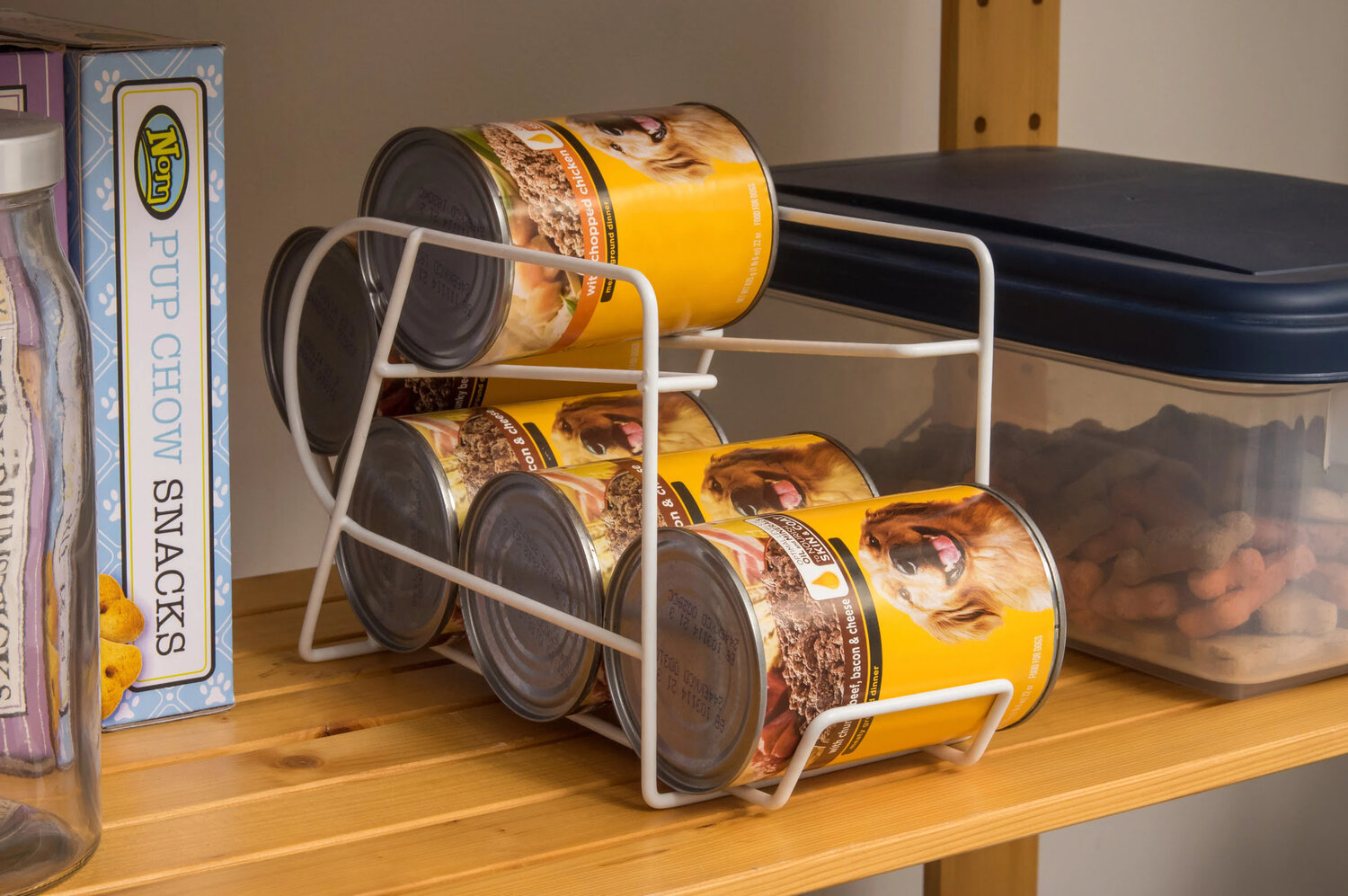

Articles
How To Store Canned Dog Food
Modified: December 7, 2023
Discover the best ways to store canned dog food for optimal freshness and flavor. Read our informative articles for helpful tips and advice to keep your dog's food safe and delicious.
(Many of the links in this article redirect to a specific reviewed product. Your purchase of these products through affiliate links helps to generate commission for Storables.com, at no extra cost. Learn more)
Introduction
Welcome to our comprehensive guide on how to store canned dog food. As a responsible pet owner, you want to ensure that your furry friend receives fresh and nutritious meals every day. Canned dog food is a popular choice due to its convenience and long shelf life. However, proper storage is crucial to maintain its quality and prevent spoilage.
In this article, we will explore the benefits of storing canned dog food and provide you with various methods to ensure its freshness. We will guide you through storing canned dog food in the pantry, refrigerator, and freezer, as well as provide tips on proper sealing to extend its shelf life. So, let’s dive in and discover the best practices for storing canned dog food!
Key Takeaways:
- Properly storing canned dog food is crucial for maintaining its freshness, nutritional value, and safety. Whether in the pantry, refrigerator, or freezer, the right storage method ensures your furry friend enjoys delicious and nutritious meals every day.
- Implementing best practices and tips for storing canned dog food helps minimize the risk of spoilage or contamination, ensuring your beloved pet receives fresh, nutritious, and safe meals. Follow these guidelines to provide the best possible care for your furry companion!
Read more: How To Store Open Canned Dog Food
Benefits of Storing Canned Dog Food
Storing canned dog food properly offers numerous benefits for both pet owners and their furry companions. Let’s explore some of the key advantages:
- Convenience: Canned dog food is incredibly convenient, allowing you to easily provide your dog with a balanced and nutritious meal. By storing canned food appropriately, you can always have a ready-to-serve option on hand, saving you time and effort.
- Prolonged Shelf Life: Canned dog food has a longer shelf life compared to other types of pet food. When stored correctly, it can maintain its nutritional value and quality for an extended period. This is especially beneficial for pet owners who prefer to buy in bulk or want to stock up on their pet’s favorite canned food.
- Preserves Nutritional Value: Proper storage of canned dog food helps preserve its nutritional content. Canned food is often formulated to provide essential nutrients, and by following the right storage methods, you can ensure that your dog receives the full benefits of these nutrients.
- Easy Portion Control: Canned dog food often comes in convenient portion sizes, making it easy to control the amount of food your dog consumes. By storing canned food properly, you can easily access individual servings and maintain portion control, ensuring your dog gets the right amount of food.
- Reduced Food Waste: Storing canned dog food correctly can help reduce food waste. When food is stored improperly, it can spoil quickly, leading to the need for disposal. By following proper storage methods, you can extend the shelf life of canned dog food and minimize unnecessary waste.
- Enhanced Flavor and Texture: Properly stored canned dog food retains its flavor and texture, ensuring that your pet enjoys their meal every time. This is particularly important for picky eaters who may be more inclined to consume food that has maintained its original taste and consistency.
By understanding and implementing the best practices for storing canned dog food, you can enjoy these benefits while providing your furry friend with a nutritious and delicious meal every day.
Choosing the Right Storage Method
When it comes to storing canned dog food, selecting the appropriate storage method is essential to maintain its freshness and quality. The ideal storage method may depend on various factors, including your pet’s dietary needs, available space, and personal preferences. Let’s explore the different options:
- Pantry Storage: Storing canned dog food in a cool, dry pantry is a popular choice for many pet owners. This method is convenient and doesn’t require much additional space. However, it’s crucial to ensure that the pantry is free from extreme temperature fluctuations and excessive humidity. These conditions can lead to spoilage and affect the nutritional value of the food.
- Refrigerator Storage: If you prefer to keep your dog’s food in a controlled temperature environment, storing canned dog food in the refrigerator is a suitable option. This is particularly beneficial during hot summers or in regions where temperatures can soar. However, make sure to allocate enough space in your refrigerator and keep the food properly sealed to prevent odor contamination.
- Freezer Storage: Freezing canned dog food is an excellent choice for those who want to stock up or have limited pantry and refrigerator space. Freezing can extend the shelf life of canned food significantly. However, it’s important to note that freezing may slightly alter the texture of the food. Ensure proper packaging and labeling to keep track of expiration dates and rotation.
When selecting the right storage method, consider factors such as your pet’s eating habits and the frequency of feeding. If your dog consumes an entire can of food in one sitting, pantry or refrigerator storage may be sufficient. However, if your dog requires smaller portions or you prefer to feed them multiple times a day, freezing individual servings can be a practical solution.
Ultimately, the chosen storage method should align with your pet’s needs and your lifestyle to ensure that the canned dog food remains fresh, safe, and enjoyable for your furry friend.
Storing Canned Dog Food in Pantry
Storing canned dog food in a pantry is a convenient and common method for many pet owners. Follow these steps to ensure the freshness and quality of the food:
- Choose the Right Location: Select a cool, dry area in your pantry to store the canned dog food. Avoid spots near direct sunlight, heaters, or areas prone to temperature fluctuations.
- Use Proper Shelving: If possible, dedicate a shelf specifically for your pet’s food to avoid cross-contamination with other pantry items. Ensure that the shelf is clean, sturdy, and free from any pests or insects.
- Keep Food in Original Packaging: Canned dog food is typically designed to preserve freshness, so it’s best to keep the cans in their original packaging. This helps protect the food from contamination and maintains the integrity of the can’s seal.
- Arrange by Expiration Date: When organizing the canned dog food, place the cans with the closest expiration date at the front. This way, you will consume the oldest cans first, reducing the risk of having expired food.
- Monitor Temperature and Humidity: Maintain a stable temperature in your pantry, ideally between 50-70 degrees Fahrenheit (10-21 degrees Celsius). Excessive heat and humidity can accelerate spoilage, compromising the quality of the food.
- Rotate Stock: Regularly inspect your inventory of canned dog food and practice the first-in, first-out (FIFO) method. Use the older cans before opening the newer ones to ensure that the food is consumed within its recommended shelf life.
It’s essential to note that canned dog food, like any other food product, can go bad. So make sure to check for any signs of spoilage, such as unusual odor, mold growth, or bulging cans. If you notice any of these signs, discard the can immediately to prevent your pet from consuming spoiled food.
By following these simple steps, you can effectively store canned dog food in your pantry, ensuring its freshness and providing your furry friend with a reliable source of nutrition.
Storing Canned Dog Food in the Refrigerator
If you prefer to keep your dog’s food in a controlled temperature environment, storing canned dog food in the refrigerator is a suitable option. Follow these guidelines to ensure the freshness and safety of the food:
- Allocate Space: Designate a specific area in your refrigerator to store the canned dog food. Make sure there is ample space to accommodate the cans and avoid overcrowding, which could affect air circulation and proper cooling.
- Keep It Sealed: Transfer any opened cans of dog food into airtight containers or resealable bags before placing them in the refrigerator. This prevents odors from spreading and keeps the food fresh for longer.
- Label and Date: Properly label each container or bag with the food type and date of storage. This practice helps you keep track of expiration dates and ensures that you use the oldest food first.
- Monitor Temperature: Set your refrigerator to maintain a temperature below 40 degrees Fahrenheit (4 degrees Celsius). It’s crucial to ensure that the refrigerator is functioning optimally to prevent fluctuations in temperature.
- Limit Storage Duration: While refrigeration can help extend the shelf life of canned dog food, it is recommended to consume the food within 2-3 days after opening the can. This ensures maximum freshness and reduces the risk of spoilage.
- Inspect for Spoilage: Regularly check the canned dog food for any signs of spoilage, including unusual odor or texture changes. If you notice anything suspicious, discard the food immediately to avoid feeding your pet spoiled food.
Remember, refrigeration helps maintain the freshness of canned dog food, but it does not extend its shelf life indefinitely. Ensure that you monitor the storage time and follow the guidelines mentioned above to keep the food safe and enjoyable for your furry friend.
Storing canned dog food in the refrigerator can be particularly beneficial during hot summers or in regions with high temperatures, as it helps preserve the food’s quality and prevents the growth of harmful bacteria.
Store canned dog food in a cool, dry place away from direct sunlight. Once opened, cover and refrigerate any unused portion and use within 2-3 days.
Read more: How To Store Hot Dogs
Storing Canned Dog Food in the Freezer
If you want to extend the shelf life of canned dog food or have limited pantry and refrigerator space, storing it in the freezer is a practical option. Follow these steps to ensure proper storage:
- Choose Freezer-Safe Containers: Transfer the canned dog food into freezer-safe containers or resealable freezer bags. Make sure the containers are airtight to prevent freezer burn and maintain the freshness of the food.
- Label and Date: Clearly label each container or bag with the type of food and the date of storage. This helps you keep track of expiration dates and ensures that you use the oldest food first.
- Divide into Portions: If you prefer to feed your dog smaller portions, divide the canned food into individual servings before freezing. This way, you can defrost and serve one portion at a time without thawing the entire container.
- Freeze at Optimal Temperature: Set your freezer temperature to 0 degrees Fahrenheit (-18 degrees Celsius) or below. This temperature ensures that the food remains frozen and prevents the growth of bacteria.
- Manage Storage Time: While freezing can significantly extend the shelf life of canned dog food, it’s essential to keep track of storage time. Ideally, consume the frozen food within 2-3 months for optimal freshness and quality.
- Thaw Properly: When you’re ready to feed your dog, thaw the frozen canned food in the refrigerator overnight or use the defrost setting on your microwave if you’re in a hurry. Avoid thawing the food at room temperature to prevent bacterial growth.
- Inspect for Quality: Before serving the thawed canned food to your dog, inspect it for any signs of spoilage, such as unusual odor or texture changes. If you notice anything concerning, it’s best to discard the food and replace it with a fresh batch.
Freezing canned dog food is an excellent way to preserve its nutritional value and ensure that your furry friend is getting fresh meals, even if you buy in bulk or want to stock up for emergencies. Just remember to adhere to proper storage techniques and monitor storage time to maintain the highest quality.
By following these guidelines, you can confidently store canned dog food in the freezer and have a readily available supply whenever your pet needs a nutritious meal.
Properly Sealing Canned Dog Food
Ensuring the proper sealing of canned dog food is crucial to maintain its freshness and prevent exposure to air, moisture, and contaminants. Follow these steps to seal canned dog food effectively:
- Use the Original Can Seal: Canned dog food is typically sealed by the manufacturer with a protective ring or tab. Before storing the can, make sure this seal is intact. If the can is damaged, bulging, or has a broken seal, it’s best to discard it to avoid any potential health risks.
- Transfer to Sealed Containers: If you open a can of dog food and only use a portion, transfer the remaining food into an airtight container or resealable bag. Remove as much air as possible before sealing to prevent spoilage and maintain the food’s quality.
- Invest in Quality Sealing Options: Consider investing in vacuum-sealed containers or bags designed specifically for food storage. These can help remove excess air and provide an extra layer of protection against exposure to oxygen and moisture.
- Label and Date: Properly label each sealed container or bag with the type of food and the date it was sealed. This helps you easily identify and use the oldest food first to ensure maximum freshness.
- Store in the Proper Environment: After sealing the canned dog food, store it in an appropriate location, such as the pantry, refrigerator, or freezer, depending on your chosen storage method. Make sure the storage area is clean and kept at the recommended temperature to prevent spoilage.
- Inspect and Replace Damaged Seals: Regularly inspect your sealed containers or bags for any signs of damage or compromise. If you notice a broken seal or suspect that the food may have been exposed to air, moisture, or pests, it’s best to discard it and seal a fresh batch.
Properly sealing canned dog food is essential for preserving its freshness and nutritional value. By taking these steps, you can ensure that your dog’s meals remain safe, appetizing, and free from contamination.
Remember, it’s important to follow proper sealing practices each time you open a can of dog food or transfer it into a different container. This will help maintain the integrity of the food and provide your furry friend with the high-quality nutrition they deserve.
Tips for Maintaining Quality
To ensure the long-term quality and freshness of canned dog food, consider implementing the following tips:
- Check Expiration Dates: Always check the expiration dates on canned dog food before purchasing. Choose cans with a long shelf life to minimize the risk of consuming expired food.
- Rotate Stock: Practice the first-in, first-out (FIFO) method by using the older cans of dog food before opening newer ones. This helps prevent cans from sitting in storage for too long and ensures that your dog consumes the oldest food first.
- Inspect for Damaged Cans: Before purchasing or opening a can of dog food, inspect it for any signs of damage, such as dents, bulges, or leaks. Damaged cans could indicate compromised food, so it’s best to avoid using them.
- Avoid Contamination: When serving canned dog food, use clean utensils or scoop out the desired portion directly into your dog’s bowl. Avoid using fingers or allowing utensils to come in contact with your pet’s saliva to prevent contamination.
- Feed within Recommended Timeframes: Follow the guidelines provided by the manufacturer for feeding opened canned dog food. Most recommend using the food within 2-3 days after opening to maintain its freshness and quality.
- Monitor Your Dog’s Appetite: Pay attention to your dog’s eating habits and adjust portion sizes accordingly. This helps avoid leaving excessive amounts of food in the bowl, which can attract pests or spoil more quickly.
- Store in a Pet-Friendly Environment: Keep your storage areas clean and organized to prevent any cross-contamination between pet food and other household items. Store canned dog food away from cleaning supplies and chemicals to ensure the safety and hygiene of your pet’s meals.
- Consult Your Veterinarian: If you have any doubts or concerns about storing or feeding canned dog food, consult with your veterinarian. They can provide specific guidance based on your dog’s dietary needs and any health considerations.
Following these tips will help you maintain the quality and nutritional value of your dog’s canned food, ensuring that they receive the best possible meals.
Remember, proper storage and handling practices are essential for keeping canned dog food fresh and safe for your pet. By implementing these tips, you can provide your furry friend with nutritious and delicious meals while minimizing the risk of spoilage or contamination.
Conclusion
Properly storing canned dog food is essential for maintaining its freshness, nutritional value, and safety. By following the right storage methods, you can ensure that your furry friend enjoys delicious and nutritious meals every day. Whether you choose to store canned dog food in the pantry, refrigerator, or freezer, the goal is to maintain an environment that is cool, dry, and free from temperature fluctuations and excessive moisture.
Storing canned dog food in the pantry offers convenience, while refrigeration helps keep the food cool and prevents spoilage during hot weather. Freezing canned dog food extends its shelf life and allows you to stock up or portion out smaller servings. When sealing canned dog food, use airtight containers or bags to protect it from air, moisture, and contaminants.
To maintain the quality of canned dog food, remember to check expiration dates, rotate stock, and inspect cans for any signs of damage. Avoid contamination by using clean utensils and serving portions that your dog can consume within the recommended timeframes. Keeping storage areas clean and pet-friendly is crucial to minimize the risk of cross-contamination.
Consulting with your veterinarian can provide valuable insights into your dog’s specific dietary needs and any health considerations related to storing and feeding canned dog food.
By implementing these best practices and tips, you can ensure that your furry companion receives fresh, nutritious, and safe meals, promoting their overall health and well-being. So, follow these guidelines and provide your beloved dog with the best possible care through proper storage of their canned food!
Frequently Asked Questions about How To Store Canned Dog Food
Was this page helpful?
At Storables.com, we guarantee accurate and reliable information. Our content, validated by Expert Board Contributors, is crafted following stringent Editorial Policies. We're committed to providing you with well-researched, expert-backed insights for all your informational needs.
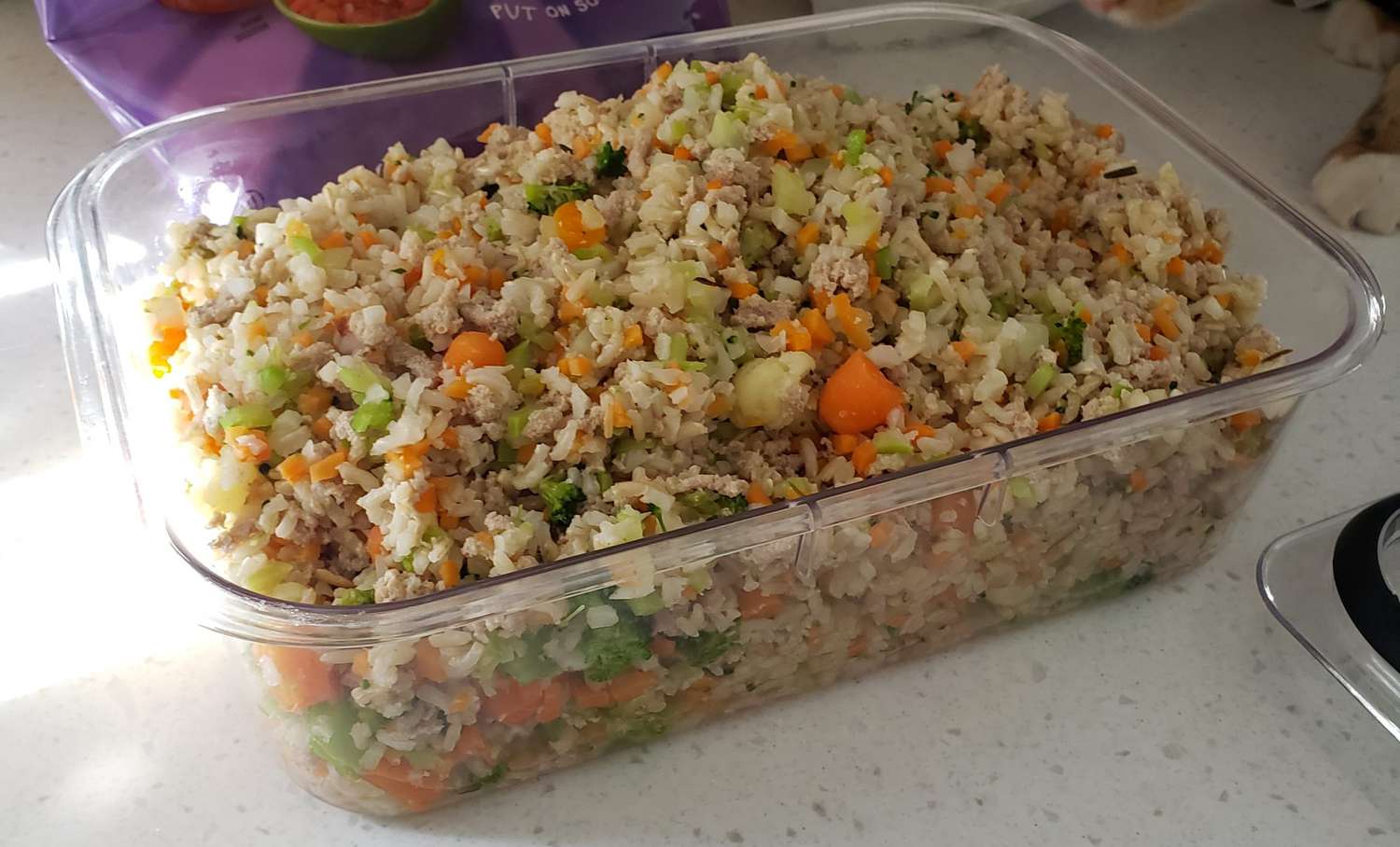
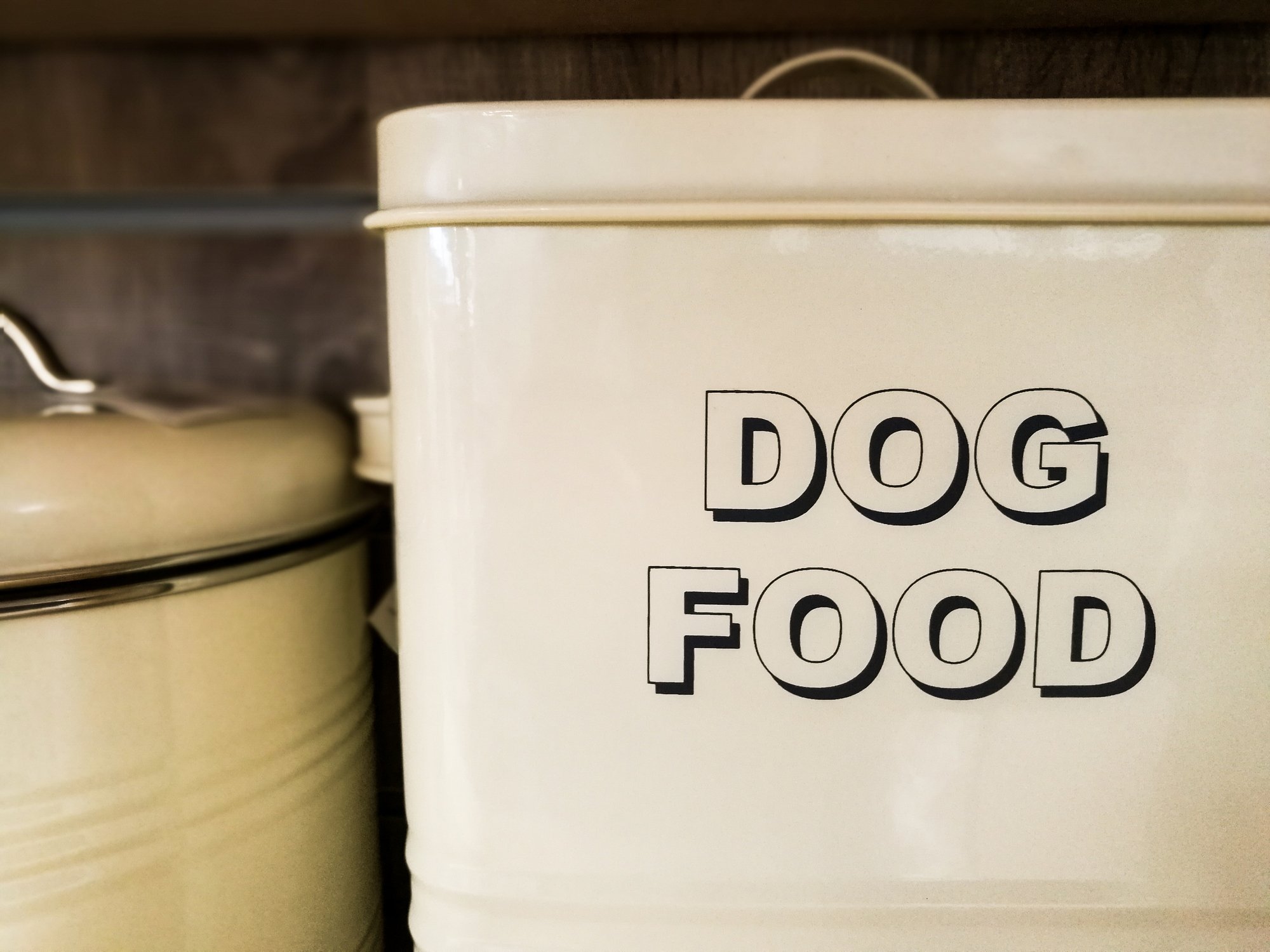
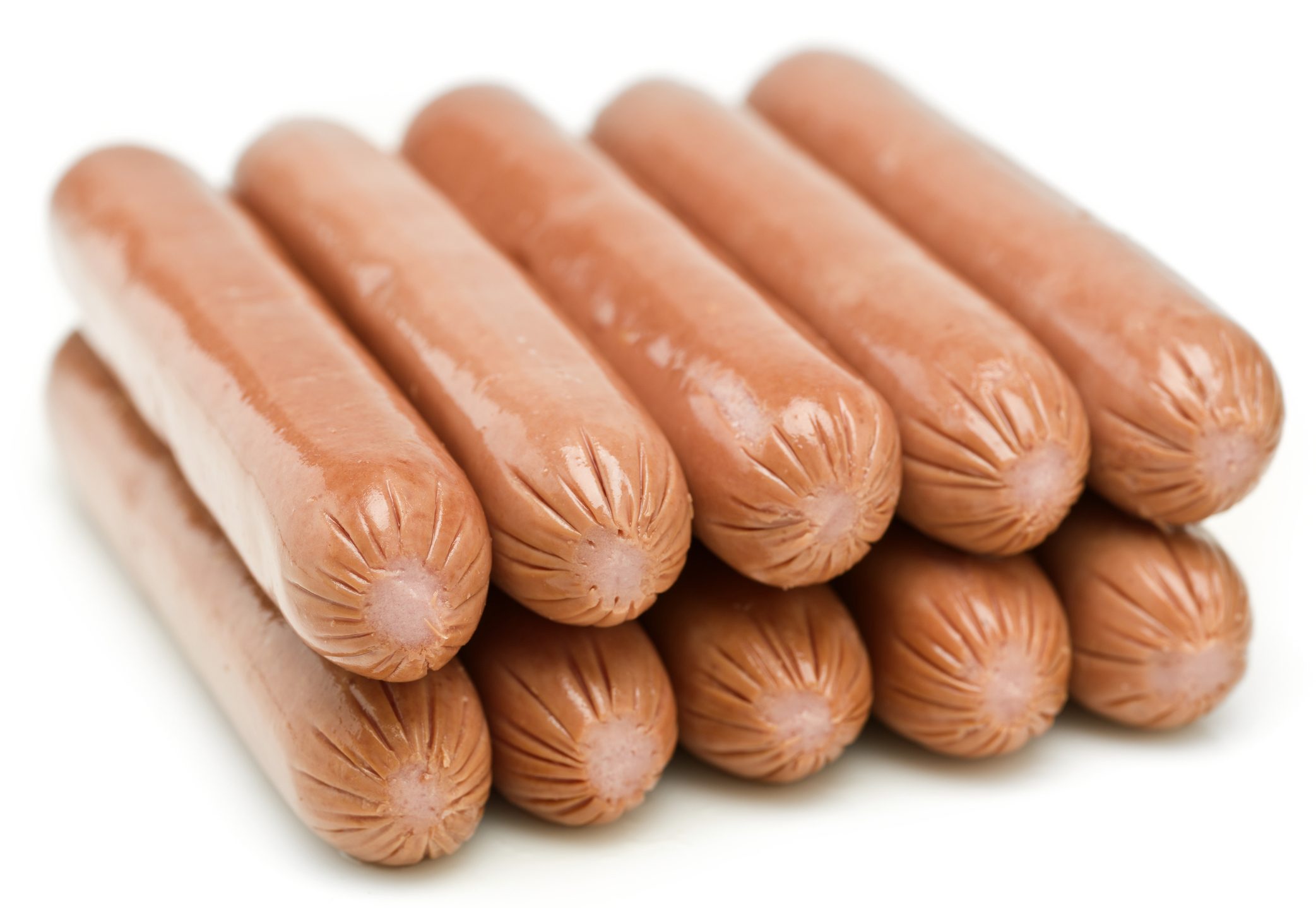
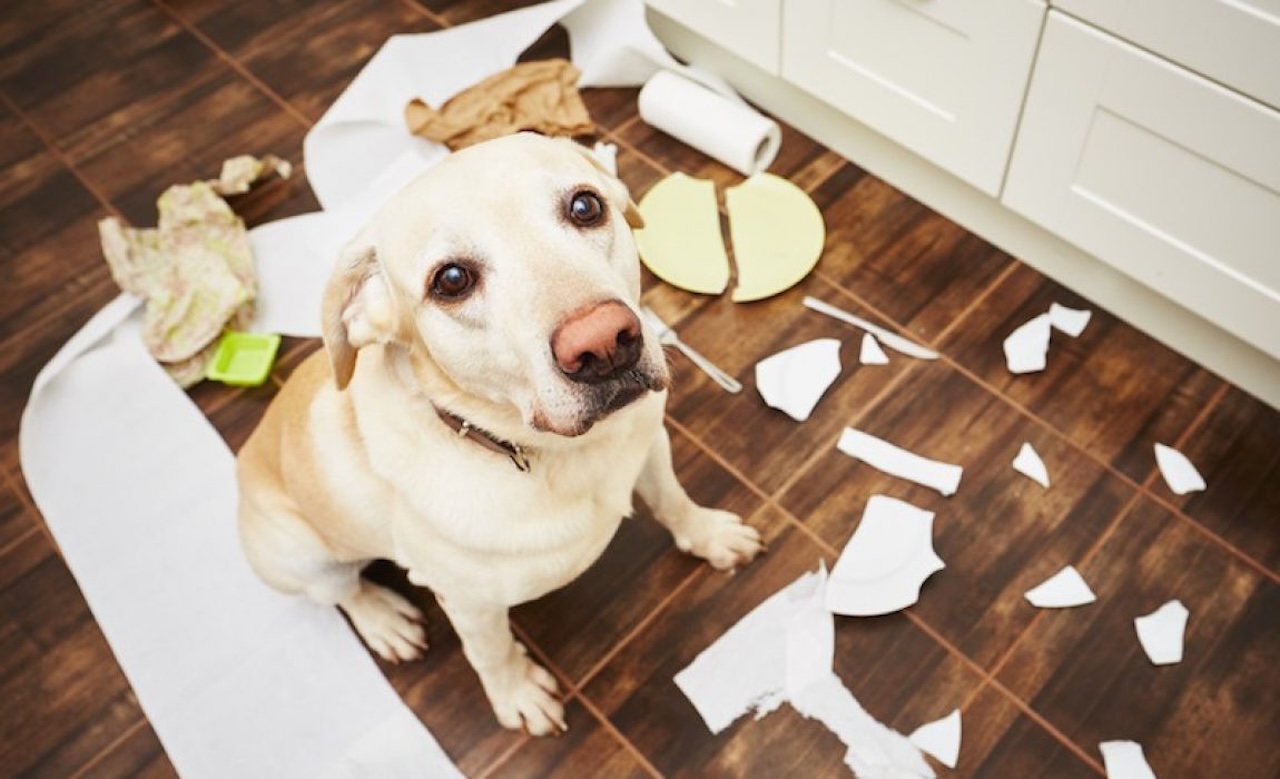
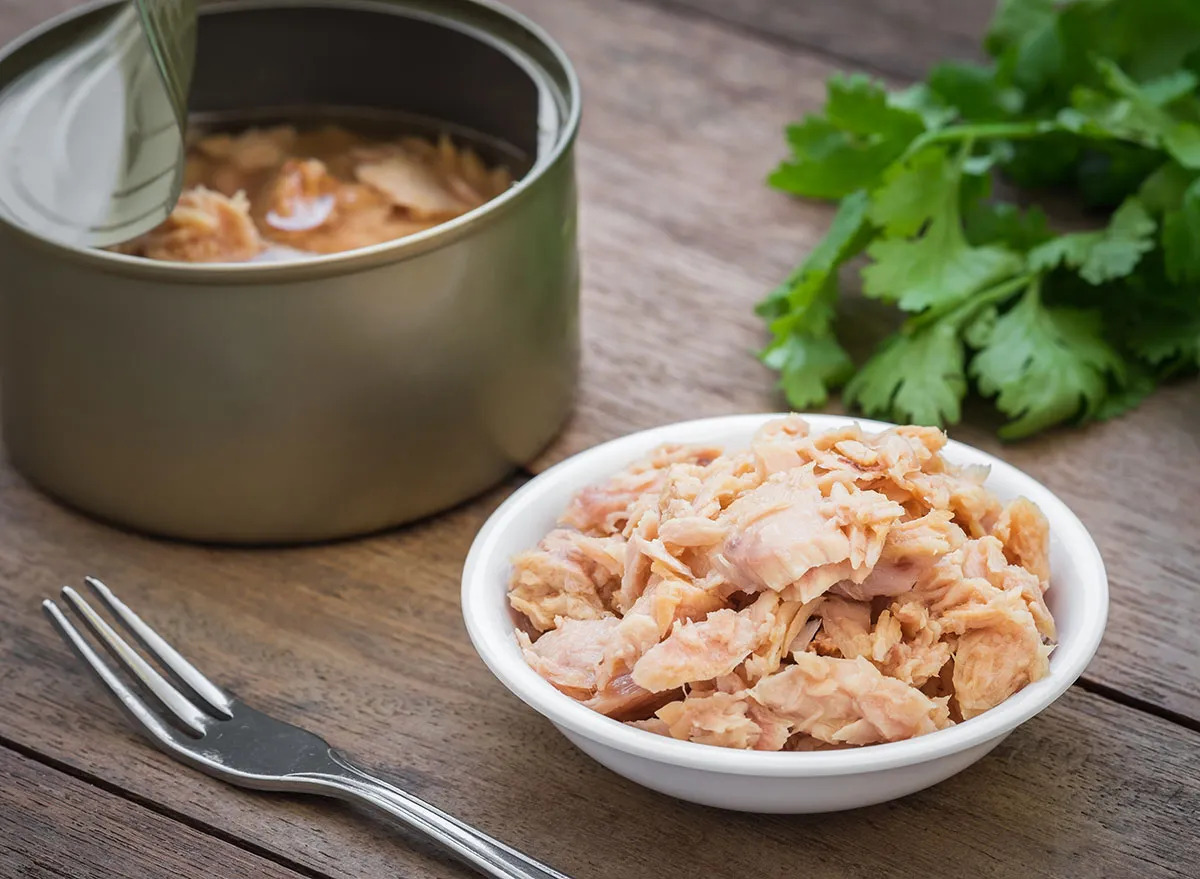
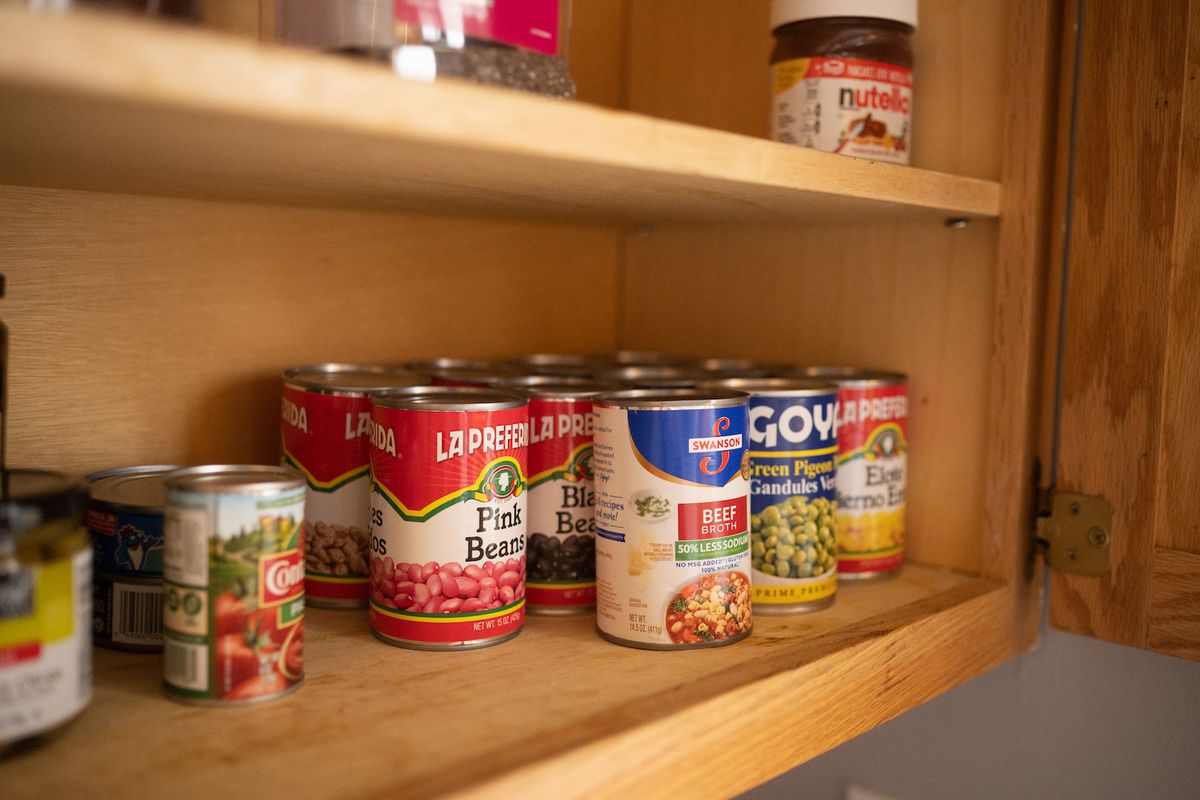
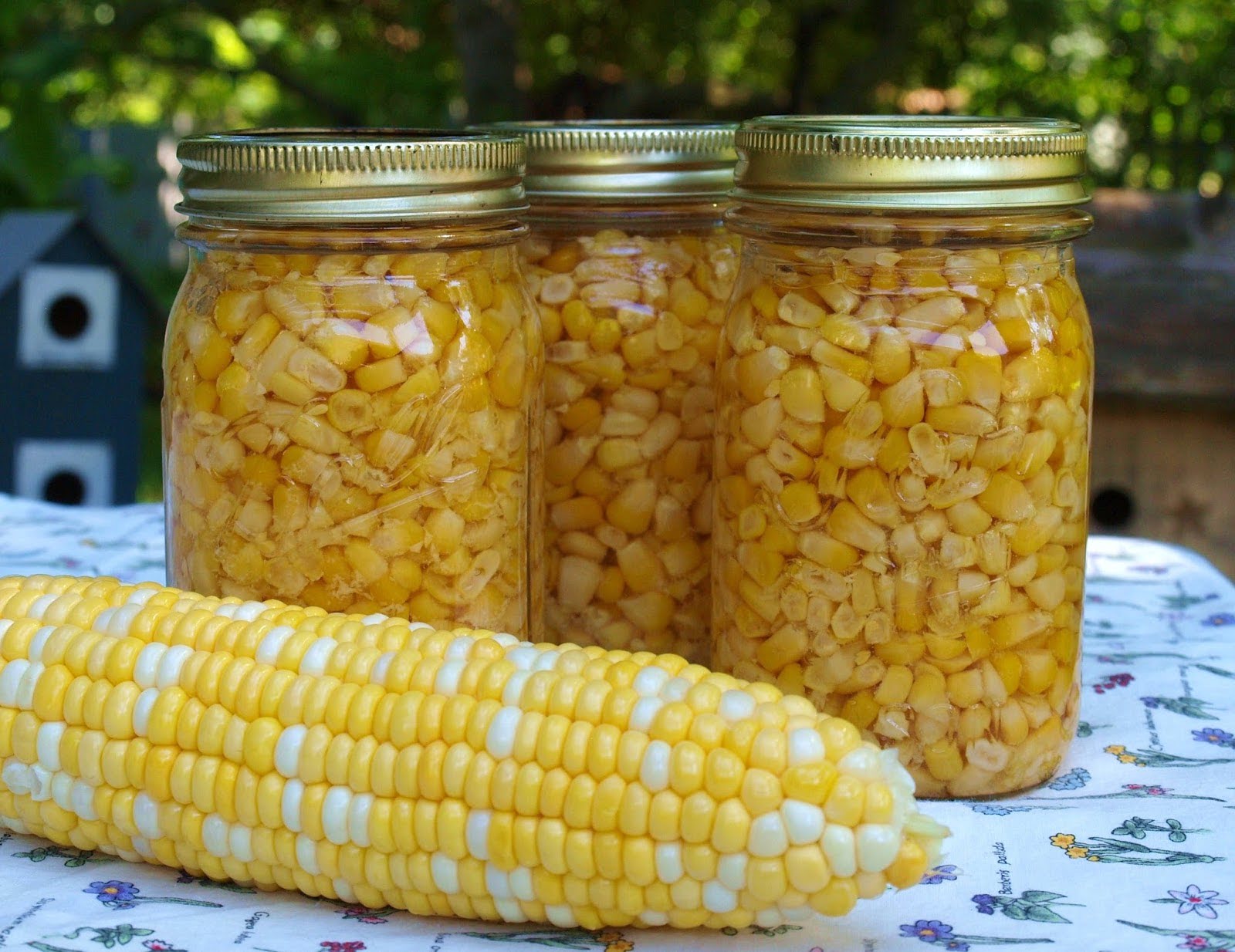
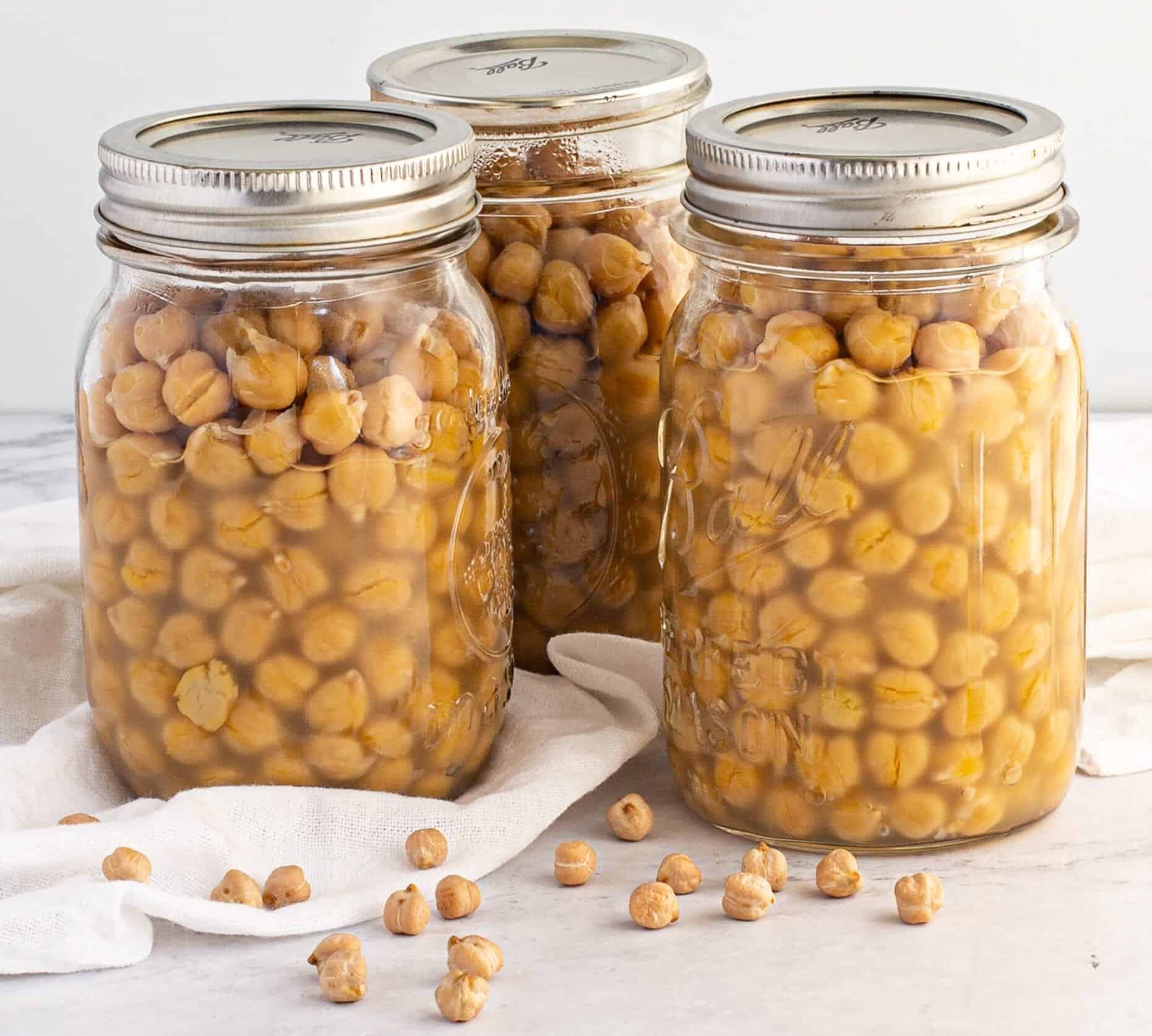
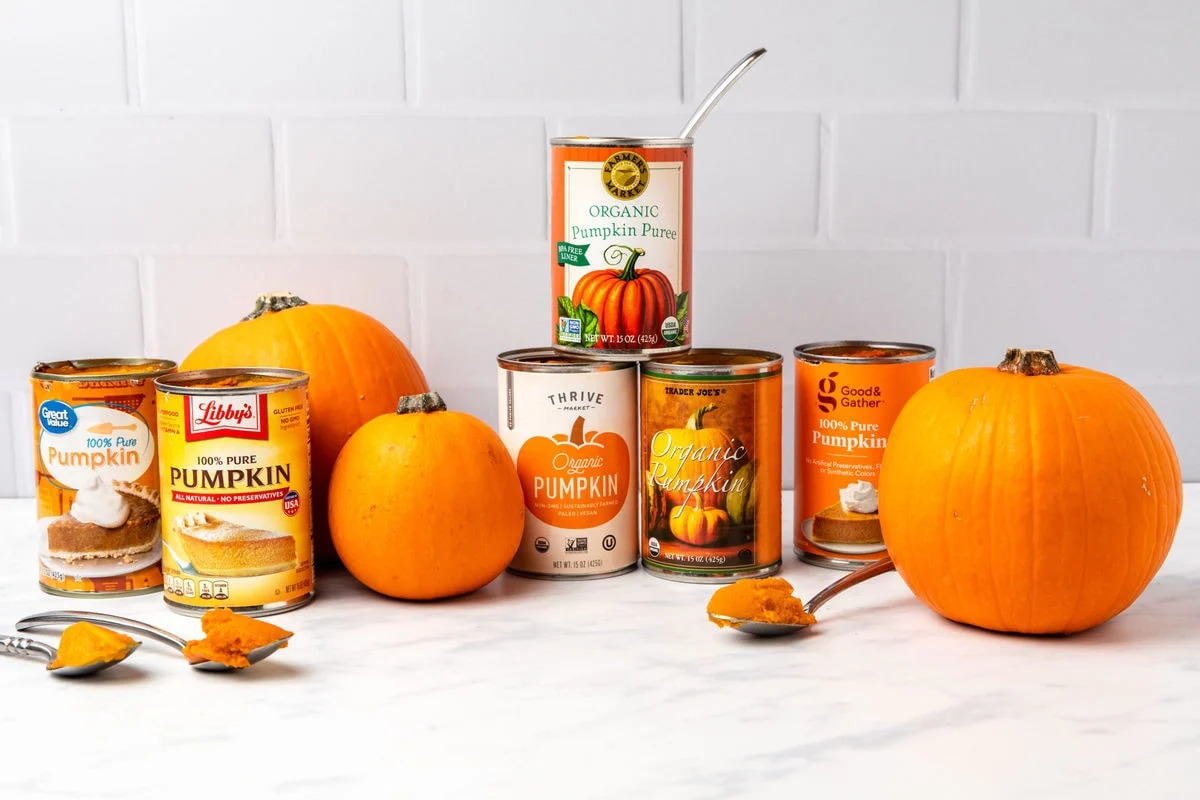
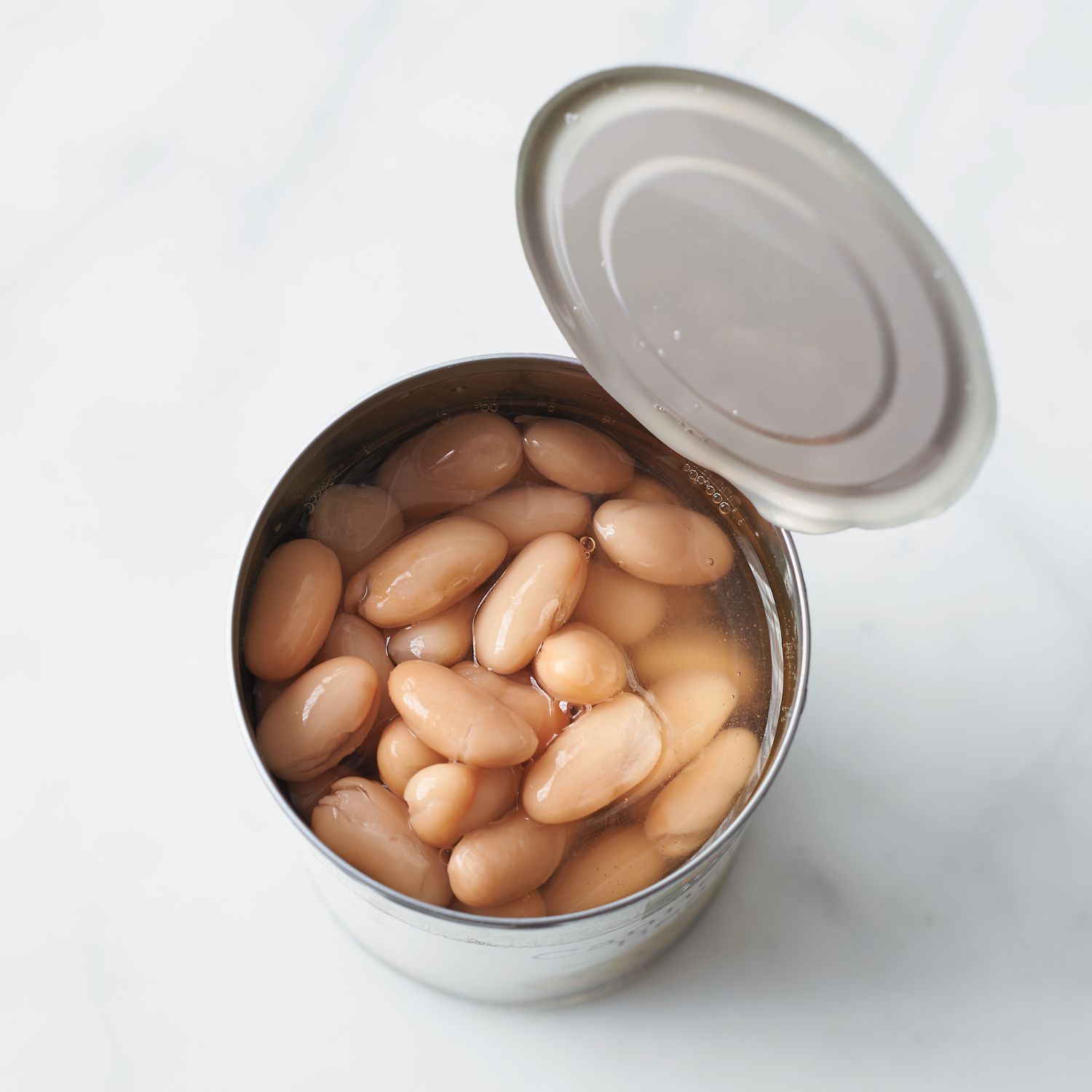
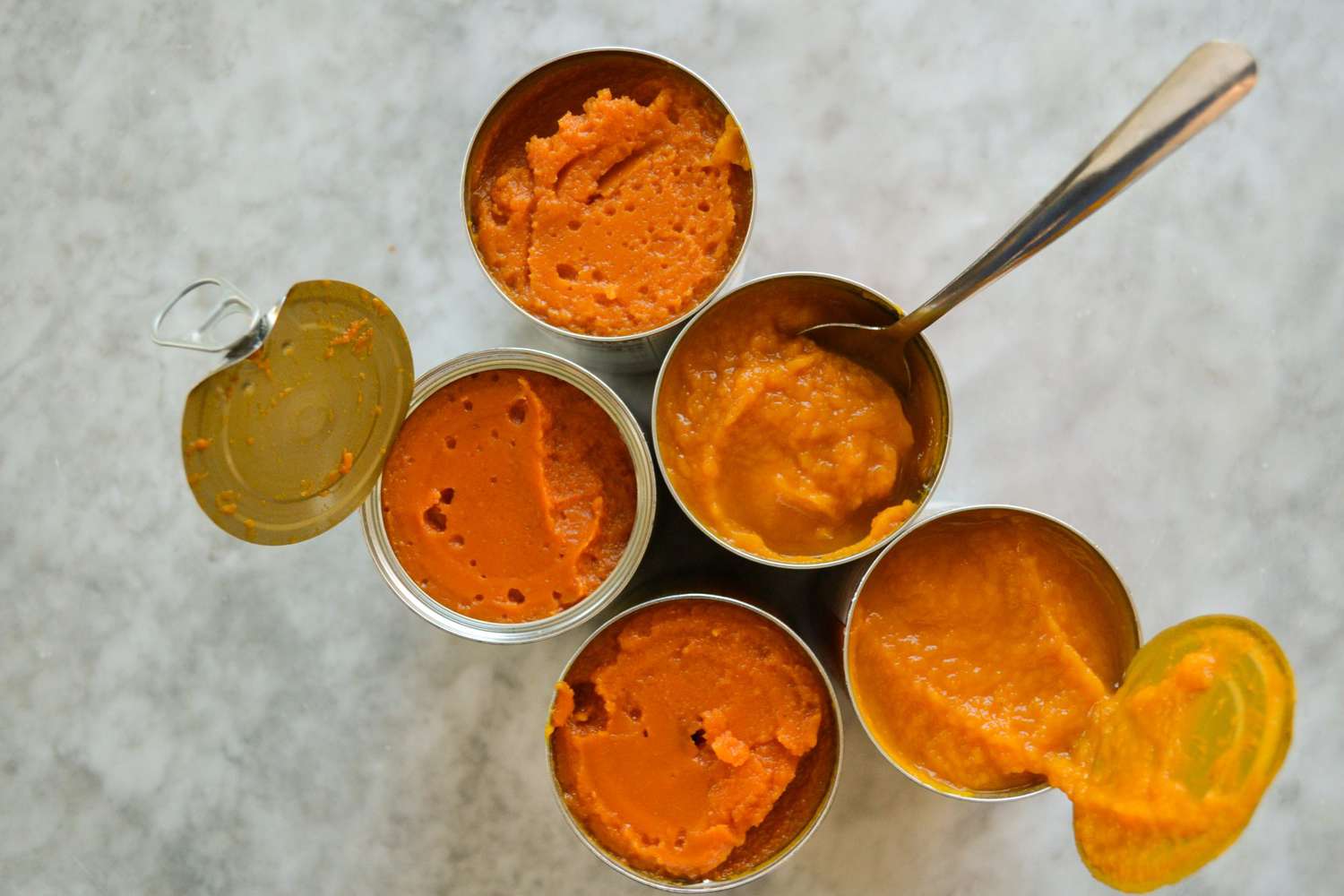
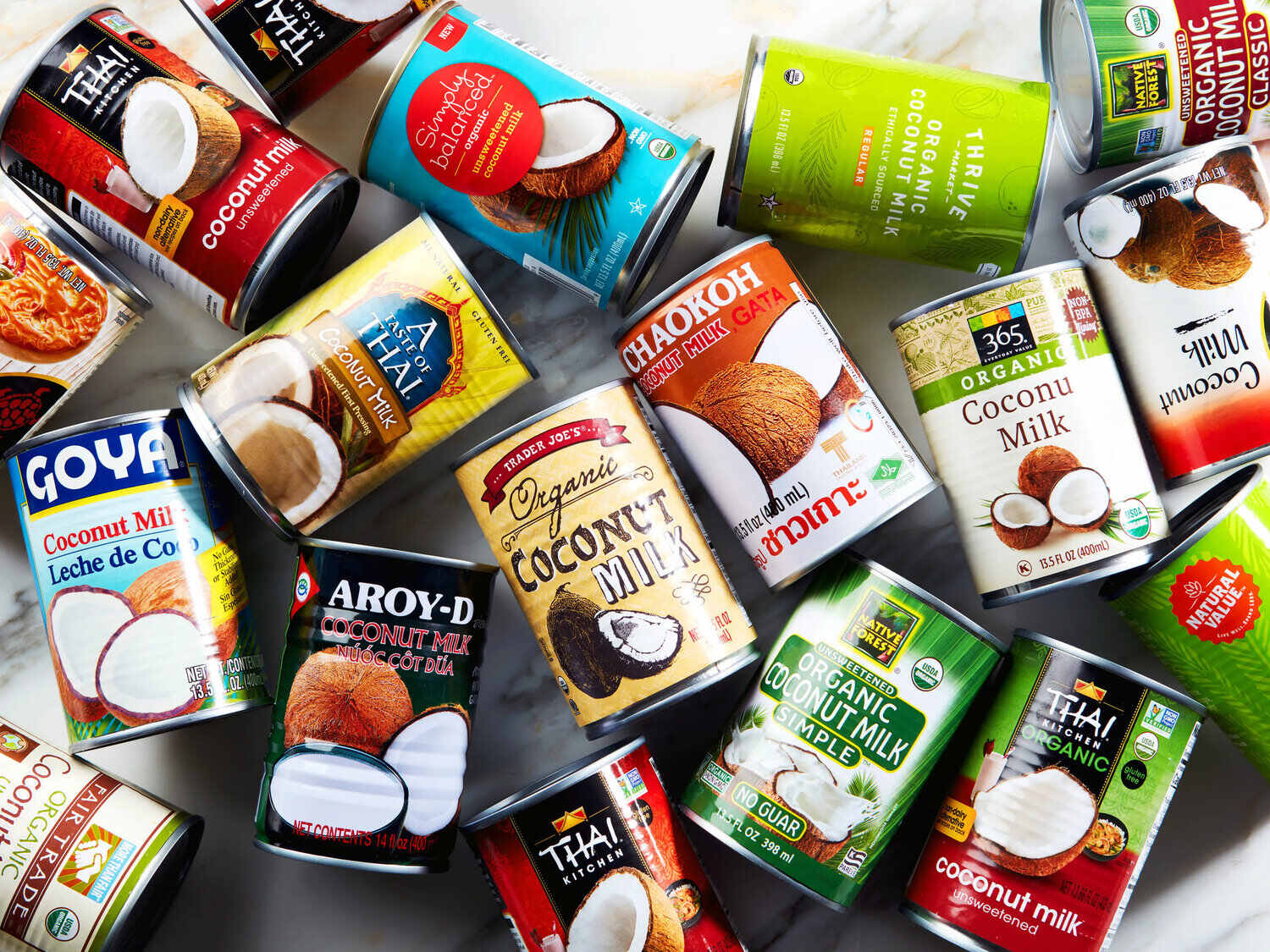
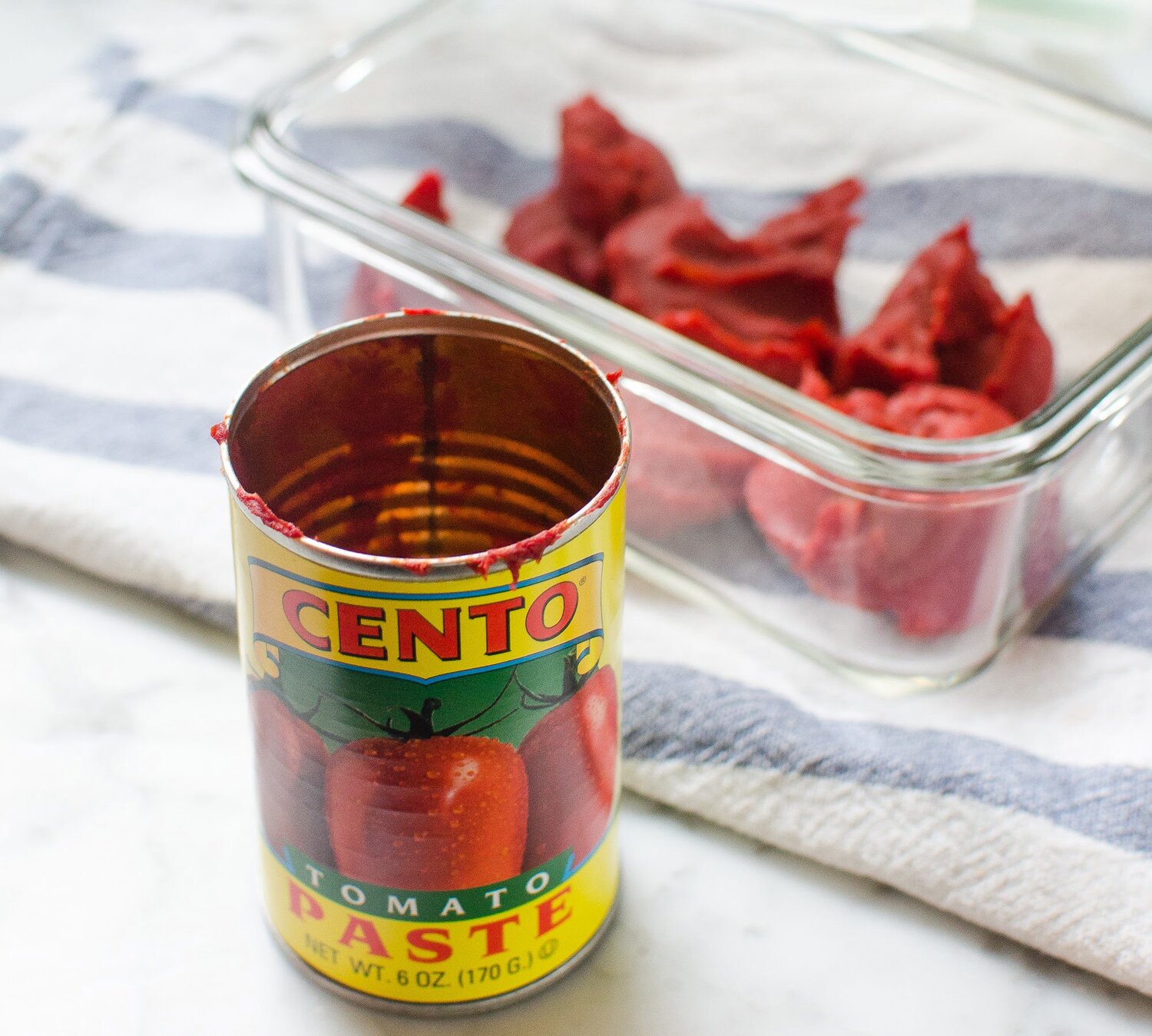
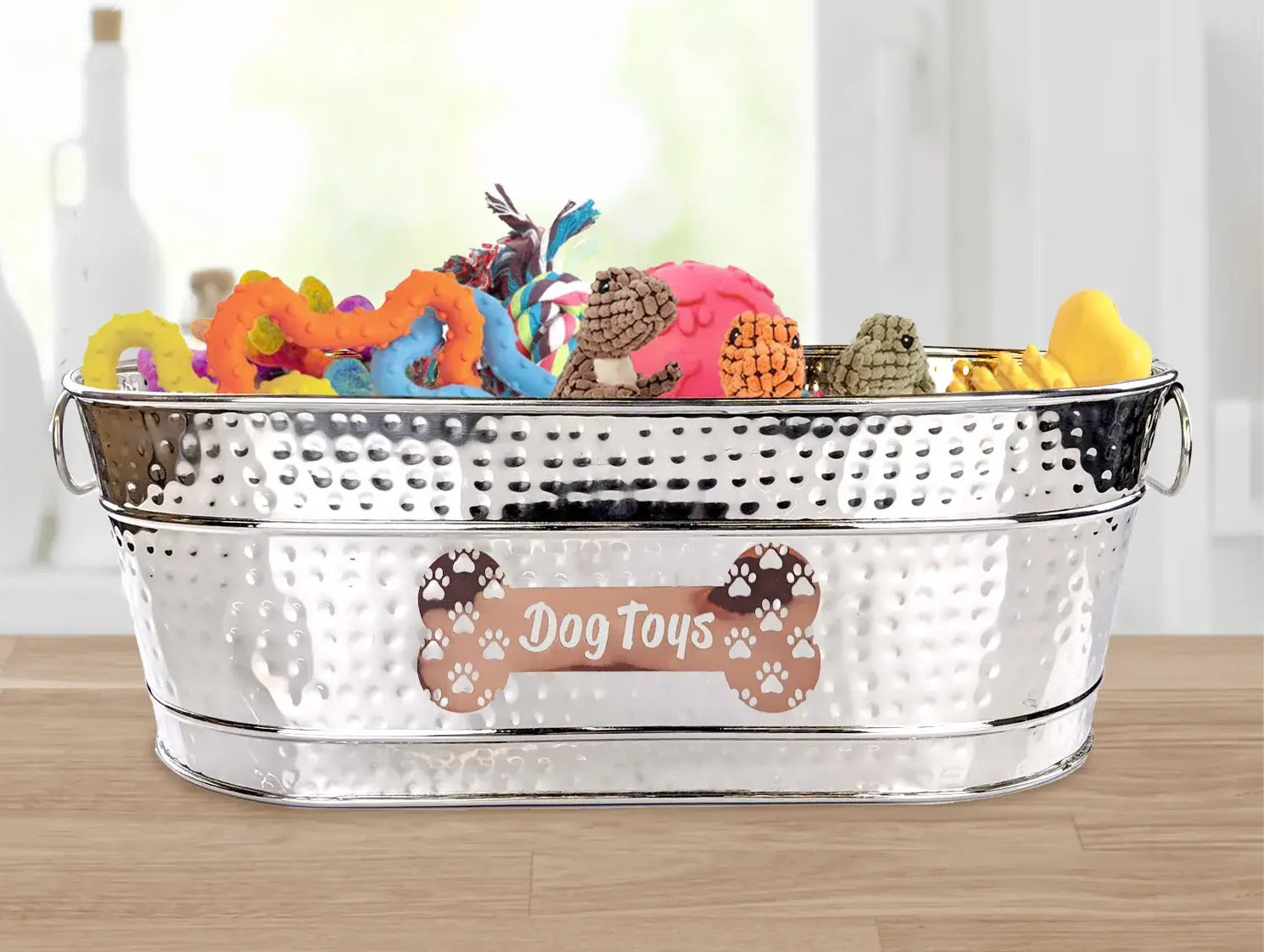

0 thoughts on “How To Store Canned Dog Food”